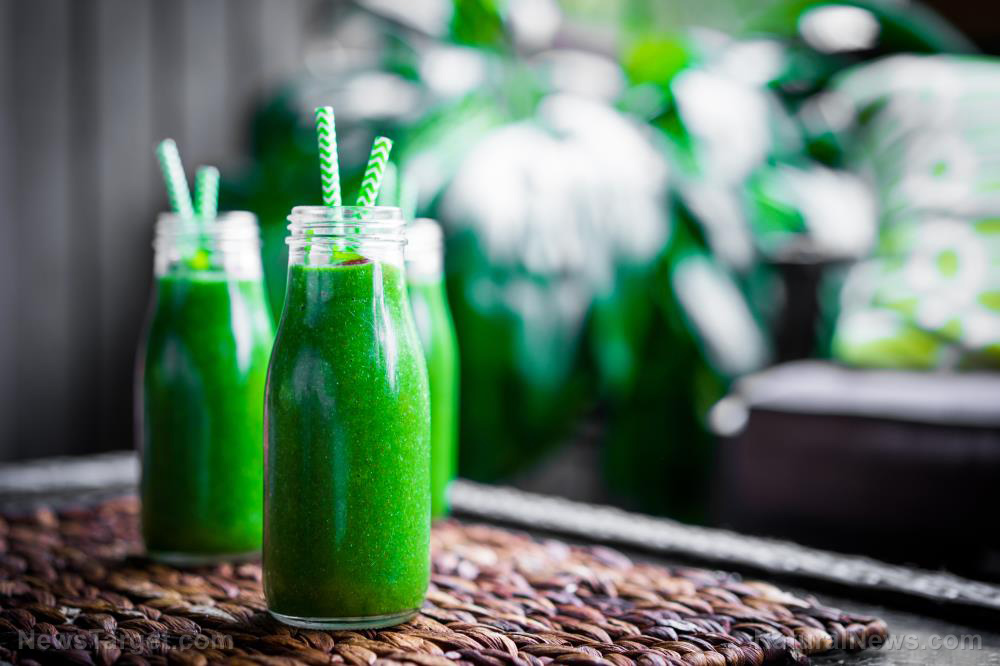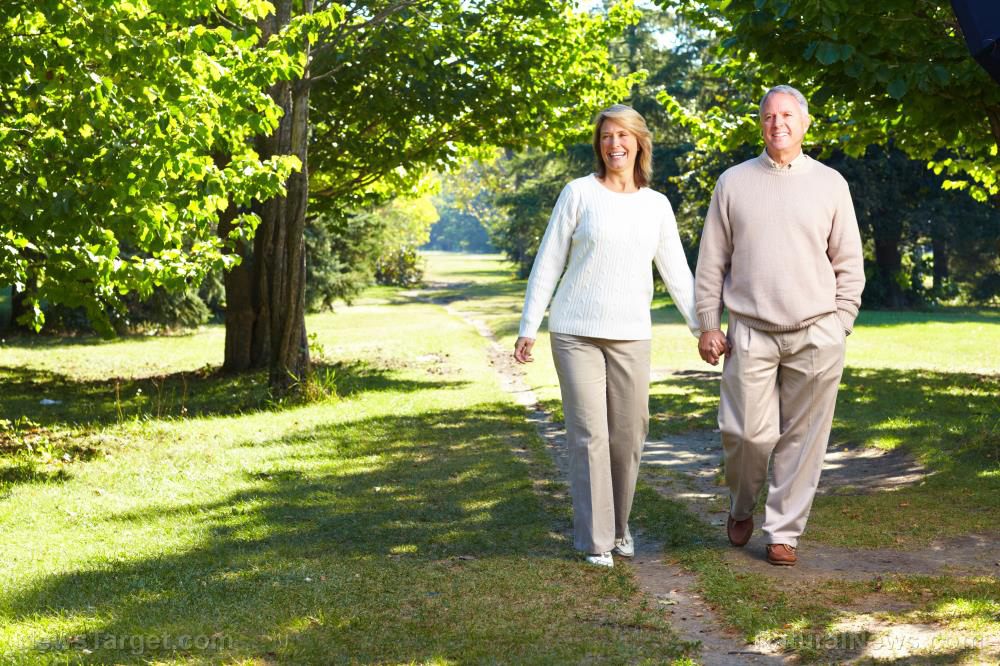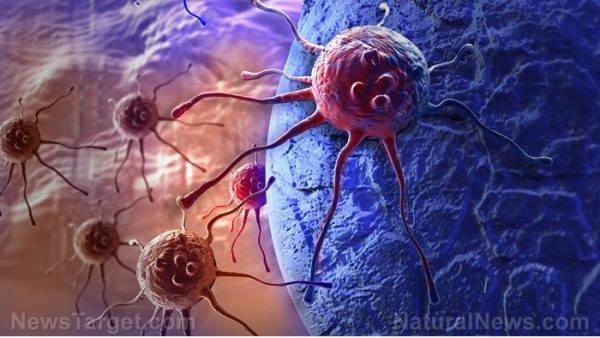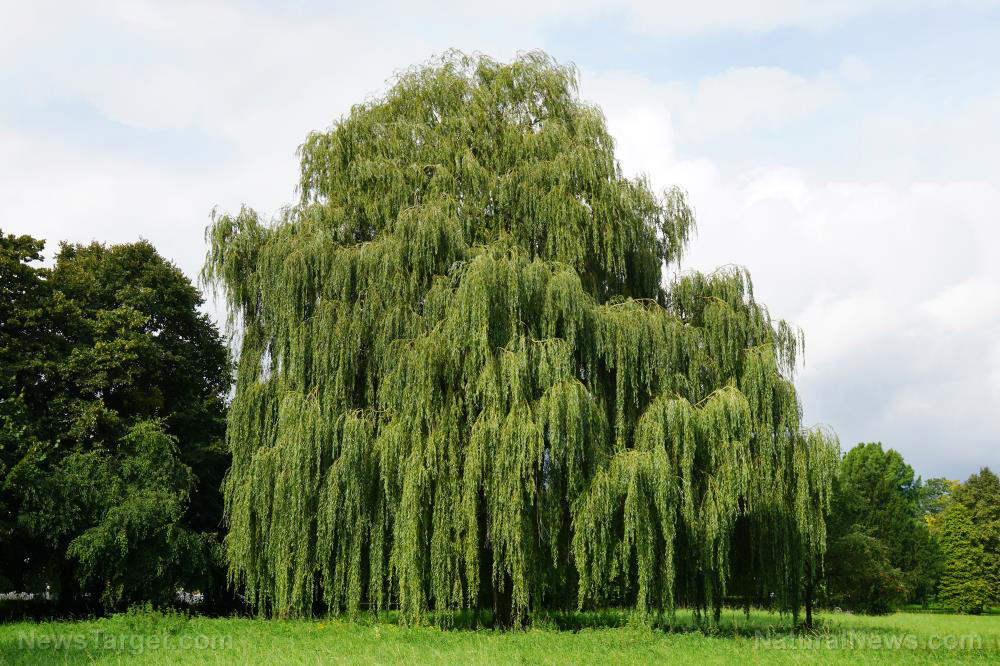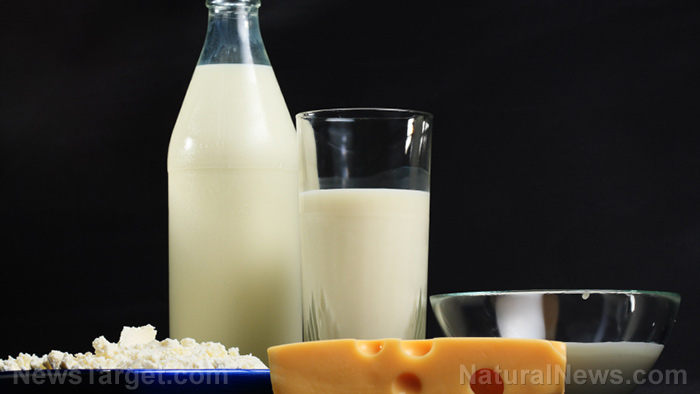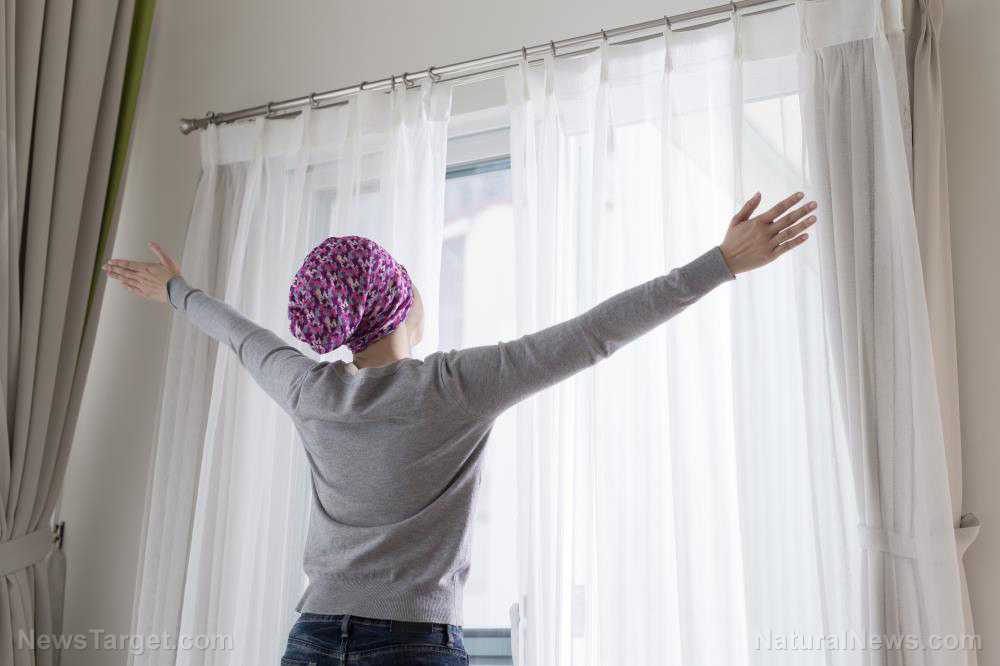Rudolf Breuss introduces a natural approach to treating cancer and chronic illness in "The Breuss Cancer Cure"
- Rudolf Breuss' method as outlined in "The Breuss Cancer Cure" challenges chemotherapy and radiation, advocating a fasting-based therapy using vegetable juices and herbal teas to treat cancer and chronic diseases naturally.
- Breuss linked cancer to prolonged exposure to carcinogens (processed foods, toxins, smoking) and tissue pressure restricting blood flow, leading to tumor growth. He emphasized prevention through diet, exercise and avoiding toxins.
- The core treatment involves a strict 42-day fast, consuming only small amounts of a specialized vegetable juice (beetroot, carrots, celeriac, radish, potatoes) and herbal teas (sage, kidney, cranesbill, marigold) to starve cancer cells while detoxifying the body.
- The book documents recoveries (e.g., breast and stomach cancer patients), but Breuss acknowledged skepticism due to his lack of medical training. He urged scientific validation and integration with other therapies.
- While not a guaranteed cure, Breuss' approach offers a non-invasive, nutrient-focused alternative. Consultation with healthcare professionals is advised before attempting the regimen.
The late Rudolf Breuss (1899-1991), an Austrian naturopath, introduced a revolutionary method for preventing and treating cancer and other chronic diseases in his book "
The Breuss Cancer Cure: Advice for the Prevention and Natural Treatment of Cancer, Leukemia and Other Seemingly Incurable Diseases."
His approach challenges conventional medical treatments like chemotherapy and radiation, offering instead a natural, fasting-based therapy centered on vegetable juices and herbal teas. Breuss believed that cancer arises from prolonged exposure to carcinogens found in processed foods, artificial additives and environmental toxins. He argued that even small, repeated exposures could accumulate over time, leading to severe health deterioration and, ultimately, cancer.
Breuss identified common types of cancer, such as throat and lung cancer, which he linked primarily to smoking. He strongly advised against tobacco use and warned parents to protect children from secondhand smoke. To
reduce cancer risk, Breuss recommends regular exercise, deep breathing in fresh air, a diet rich in natural vitamins, avoiding overeating and maintaining proper digestion.
For womb cancer, he highlighted irregular bleeding as a key symptom, particularly during menopause or after intercourse. In cases of breast cancer, he noted that early signs included hardening, lumps or shrinkage, with pain and ulceration appearing in later stages.
Central to Breuss' treatment philosophy was the idea that cancerous tumors develop due to prolonged pressure on tissues, leading to restricted blood flow. In response, the affected area forms an independent growth that sustains itself by absorbing nutrients from surrounding tissues.
To counteract this, Breuss developed a
specialized vegetable juice blend designed to starve cancer cells while nourishing the body. His formula includes red beetroot, carrots, celeriac, black radish and potatoes – each selected for their unique healing properties.
The eponymous cure involves a strict 42-day fasting regimen, during which patients consume only small amounts of this vegetable juice, along with herbal teas. Breuss emphasized that minimal juice intake was crucial, as the body could temporarily function without protein.
He advised preparing the juice at home using organic vegetables and carefully filtering out sediment, which he believed could feed cancer cells. Patients were instructed to drink the juice slowly, allowing it to mix with saliva, and to occasionally supplement with sauerkraut juice for additional benefits.
Herbal teas play a vital supporting role in the treatment. Sage tea, considered the most important, is valued for its beneficial components that support glandular health, bone marrow and spinal discs.
Other recommended teas included kidney tea (to stimulate waste elimination), cranesbill tea (to suppress disturbances) and marigold tea (to purify the blood). Breuss stressed the importance of regular excretion to prevent toxin buildup, using teas like cranesbill and sage to aid detoxification.
The book includes numerous success stories from patients who recovered after following Breuss' protocol. One notable case was Mrs. M.N. from Bludenz, Austria, who
recovered from breast cancer after completing the 42-day juice fast. Another, Josef F. from Götzis, overcame stomach cancer and lived healthily into his 80s.
These accounts, among others, demonstrate the potential of Breuss' method, though he acknowledged skepticism due to his lack of formal medical training. He urged the medical community to scientifically validate his approach and encouraged doctors to combine it with other successful cancer therapies.
While Breuss' revolutionary treatment is not a universal solution, it offers a compelling
natural alternative for those seeking holistic healing. Its emphasis on detoxification, nutrient-rich juices and herbal support provides a framework for addressing cancer without the harsh side effects of conventional treatments.
However, as with any medical approach, consulting a healthcare professional before beginning such a regimen is essential. Breuss' work remains a testament to the power of natural medicine and the potential for non-invasive therapies to combat serious illnesses.
Watch this video about the book
"The Breuss Cancer Cure: Advice for the Prevention and Natural Treatment of Cancer, Leukemia and Other Seemingly Incurable Diseases" by Rudolf Breuss.
This video is from the
BrightLearn channel on Brighteon.com.
Sources include:
Brighteon.ai
Brighteon.com
 Parler
Parler Gab
Gab